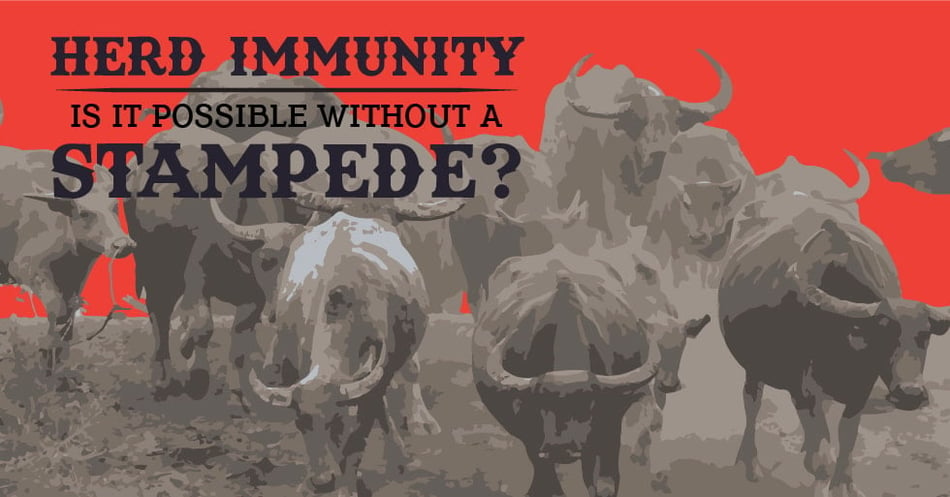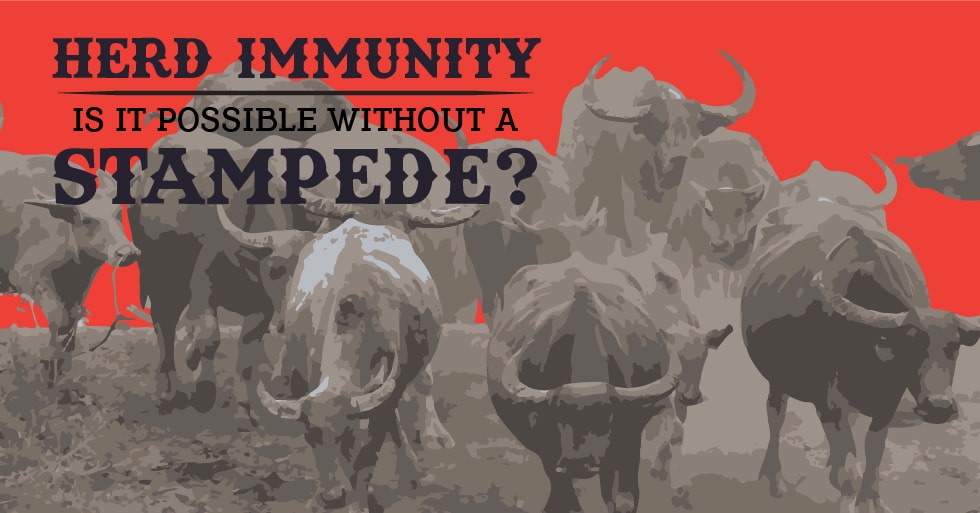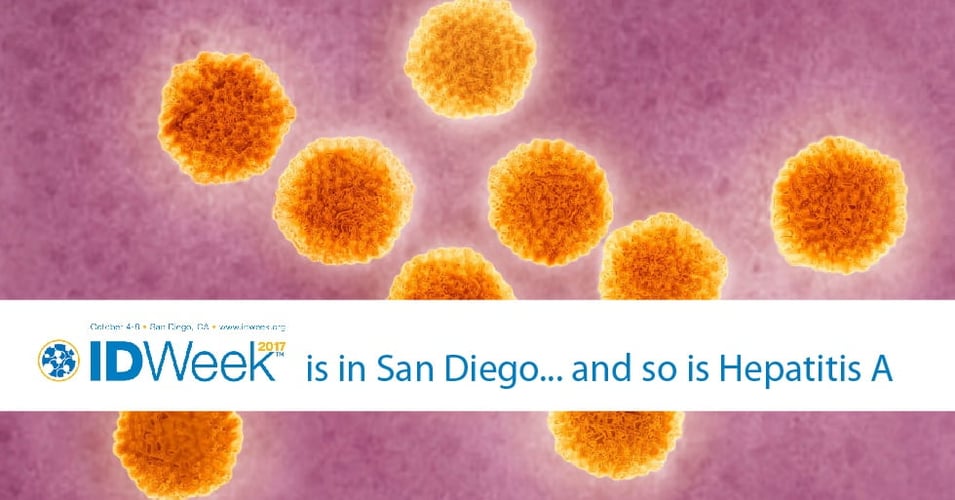Herd Immunity: Is It Possible Without A Stampede?

 Lately, conversations about herd immunity and COVID-19 have been taking place around TV news desks and family dining room tables: Could herd immunity give us the protection we need from COVID-19? Some news articles seem to say that this is a viable option, while others warn vehemently against it. In today's post, we'll explore the role herd immunity can play in stopping the spread of disease, and specifically, whether it can help us during the current pandemic.
Lately, conversations about herd immunity and COVID-19 have been taking place around TV news desks and family dining room tables: Could herd immunity give us the protection we need from COVID-19? Some news articles seem to say that this is a viable option, while others warn vehemently against it. In today's post, we'll explore the role herd immunity can play in stopping the spread of disease, and specifically, whether it can help us during the current pandemic.
Herd immunity is the threshold a community passes where enough individuals have been exposed to a pathogen and developed antibodies that a virus has too hard a time finding new, uninfected hosts.
In the case of the flu and other contagious diseases we have successfully curbed, we achieve herd immunity artificially, by providing a vaccine. The vaccine, if administered to enough individuals in a community, will slow the spread of the virus by making anyone who is exposed to it less sick and for a shorter time. To achieve this threshold, we need many, many individuals to be vaccinated, from 70-90%, depending on the virus.
How about "natural" herd immunity, that is, achieving this level of protection not through a vaccine but through exposure to the actual virus itself? Theoretically, this could work - if we exposed 70-90% of the population to the virus that causes COVID-19. But let's consider what this would actually look like: let's say we need 70% of the population to be exposed in order to have herd immunity.
- In the US, that would mean 230 million cases of COVID-19. We are currently at 6.13 million, as of this week.
- In the US, the fatality rate of COVID-19 is currently 1%, which seems like a low number. But seen in the stark terms of deaths, this would mean that about 2.3 million people would have to die. Currently, 180,000 Americans have died from COVID-19.
- Let's also consider the impact of 230 million cases on our healthcare systems. Approximately 20% of COVID-19 cases require hospitalization, meaning 46 million individuals would require hospitalization, and all within a relatively short amount of time (say, over 6 months). There are 924,000 total hospital beds in the entire United States.
But don't some folks say that herd immunity worked in Sweden? Let's look at how Sweden fared with COVID-19. In the early months of the pandemic, Sweden relied on individual responsibility (staying home, wearing masks) and did not close schools, restaurants, bars, gyms, etc. They hoped to achieve herd immunity in a few months. This is what happened instead: Way more people got infected, way more people died, and still Sweden didn't even come close to achieving herd immunity. Instead of the 70% required, only 15% of the population showed signs of antibodies. How did they compare with surrounding countries and the US?
|
Case-Fatality Rate |
Cases per 100K population |
|
| Sweden | 6.9% | 57.15 |
| Norway | 2.4% | 4.97 |
| Denmark | 3.6% | 10.80 |
| Estonia | 2.7% | 4.85 |
| Germany | 3.0% | 11.24 |
| USA | 3.0% | 56.77 |
As this data shows, the Swedish approach resulted in far more cases per 100K residents and a far higher fatality rate compared to their neighbors. Interestingly, Sweden and the US saw about the same number of cases per 100K residents, but far more of those cases were fatal in Sweden. So while the virus spread as quickly in the US as in Sweden, more cases ended in death in Sweden.
So while theoretically the herd immunity approach may seem feasible, the practical reality is that the cost in human lives, medical system collapse, and correlating health impacts make this approach far too risky. Even health officials in Sweden have come to this conclusion, stating that they were ill-prepared to deal with the reality of extensive cases, especially among vulnerable populations such as the elderly. So if you get drawn into a conversation about "letting the virus run its course" and "letting herd immunity deal with the virus," we hope these numbers will help you explain that this approach won't lead to herd immunity, but rather a deadly stampede.
![EOScu Logo - Dark - Outlined [07182023]-01](https://blog.eoscu.com/hubfs/Eoscu_June2024/Images/EOScu%20Logo%20-%20Dark%20-%20Outlined%20%5B07182023%5D-01.svg)




